Home>Furniture & Design>Outdoor Furniture>How To Preserve Bamboo For Outdoor Use
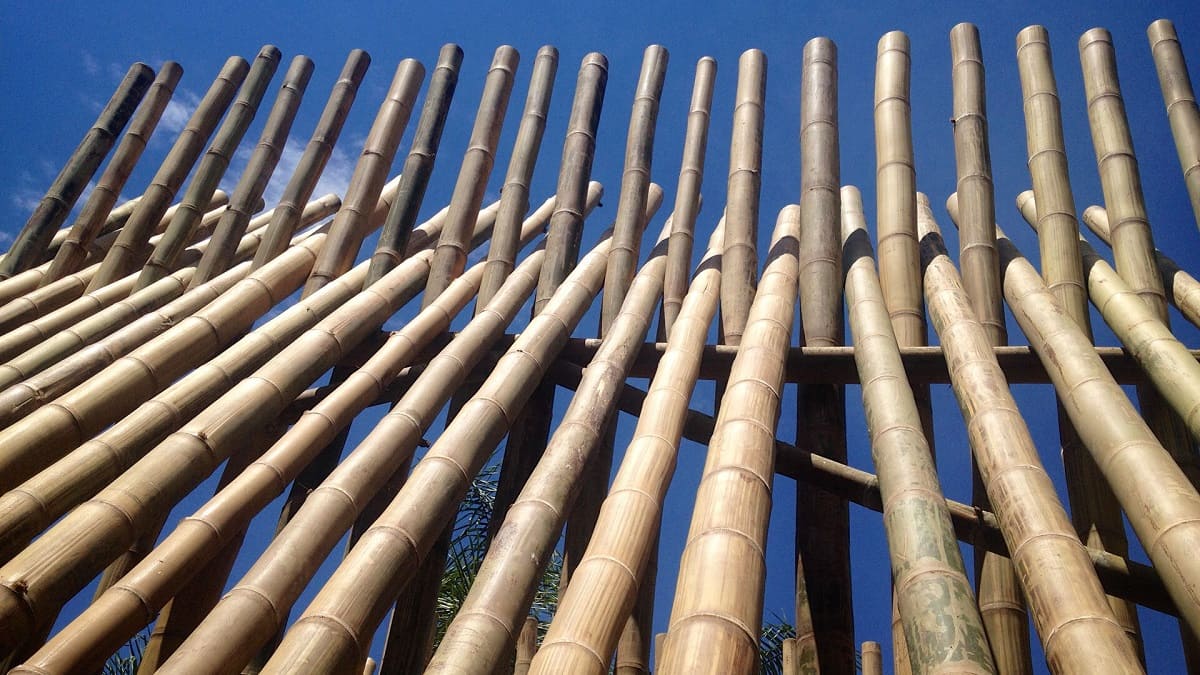

Outdoor Furniture
How To Preserve Bamboo For Outdoor Use
Published: January 14, 2024
Learn how to properly preserve bamboo for outdoor use with our expert tips and techniques. Ensure your outdoor furniture and design lasts with these preservation methods.
(Many of the links in this article redirect to a specific reviewed product. Your purchase of these products through affiliate links helps to generate commission for Storables.com, at no extra cost. Learn more)
Introduction
When it comes to outdoor furniture and design, bamboo has gained significant popularity due to its natural beauty, durability, and eco-friendly appeal. However, to ensure that bamboo retains its strength and aesthetic appeal when used outdoors, it is crucial to take measures to preserve it effectively. In this comprehensive guide, we will delve into the various methods for preserving bamboo for outdoor use, allowing you to make informed decisions and extend the lifespan of your bamboo furniture and decor.
Bamboo, a type of grass known for its remarkable strength and flexibility, has been utilized for centuries in various cultures for construction, furniture making, and decorative purposes. Its rapid growth and sustainable nature make it an attractive choice for eco-conscious individuals seeking environmentally friendly materials for outdoor applications.
Understanding the unique properties of bamboo and the factors that can compromise its integrity when exposed to outdoor elements is essential for preserving its longevity and visual appeal. By exploring the methods for preserving bamboo, you can make well-informed decisions when selecting, maintaining, and utilizing bamboo furniture and decor in outdoor settings.
Join us as we embark on a journey to uncover the art of preserving bamboo, ensuring that its natural beauty and strength endure the test of time amidst the elements of nature.
Key Takeaways:
- Preserve bamboo for outdoor use by heat, chemical, or pressure treatment to enhance its durability and resistance to decay, ensuring long-lasting and visually appealing outdoor furniture and decor.
- Prepare outdoor bamboo by applying protective finishes, selecting suitable hardware, and considering environmental factors to optimize its performance and longevity, creating enduring and captivating outdoor spaces.
Read more: Why Is Bamboo Used In Construction
Understanding Bamboo
Before delving into the preservation methods, it’s essential to grasp the unique characteristics of bamboo. Unlike traditional wood, bamboo is not a tree but a type of grass, making it one of the fastest-growing plants on the planet. Its rapid growth and regenerative properties contribute to its sustainability and eco-friendliness, making it a popular choice for outdoor furniture and decor.
Bamboo is renowned for its exceptional strength-to-weight ratio, making it incredibly durable and resilient. This natural strength, combined with its flexibility, renders bamboo an ideal material for withstanding outdoor conditions such as wind, rain, and sun exposure. Additionally, bamboo possesses natural resistance to pests, rot, and decay, further enhancing its suitability for outdoor use.
Furthermore, bamboo’s aesthetic appeal lies in its organic, earthy tones and unique grain patterns, adding a touch of natural elegance to outdoor spaces. Whether used for crafting furniture, fencing, decking, or decorative elements, bamboo exudes a timeless charm that seamlessly complements various outdoor design themes.
However, despite its inherent durability, bamboo is susceptible to deterioration when exposed to prolonged moisture, UV radiation, and insect infestations. Without proper preservation, outdoor bamboo furniture and decor may succumb to warping, discoloration, or structural weakening over time. Therefore, understanding the vulnerabilities of bamboo in outdoor environments underscores the importance of employing effective preservation techniques.
By comprehending the remarkable attributes and vulnerabilities of bamboo, individuals can make informed decisions regarding its selection, maintenance, and preservation for outdoor use. The next section will explore the methods for preserving bamboo, equipping you with the knowledge to safeguard its integrity and beauty in outdoor settings.
Methods for Preserving Bamboo
Preserving bamboo for outdoor use involves employing various methods to enhance its durability and resistance to environmental stressors. These methods aim to fortify bamboo against moisture, pests, and decay while maintaining its natural strength and visual appeal. Let’s explore three primary techniques for preserving bamboo: heat treatment, chemical treatment, and pressure treatment.
Heat Treatment
Heat treatment, also known as thermal modification, involves subjecting bamboo to high temperatures in a controlled environment. This process alters the bamboo’s cellular structure, reducing its moisture content and enhancing its resistance to decay and insect infestations. The heat treatment process typically occurs in specialized kilns, where the bamboo is exposed to elevated temperatures, often exceeding 200 degrees Celsius.
As a result of heat treatment, bamboo becomes less prone to warping, cracking, and biological degradation, making it an ideal choice for outdoor applications. Furthermore, the natural color of bamboo is often deepened during heat treatment, enriching its visual appeal and creating a warm, inviting aesthetic for outdoor furniture and decor.
Chemical Treatment
Chemical treatment involves the application of preservatives to bamboo to fortify its resistance to decay, fungi, and insect attacks. This method typically utilizes specialized wood preservatives that penetrate the bamboo’s cellular structure, effectively safeguarding it against environmental hazards. Common preservatives include copper-based compounds, borates, and synthetic chemicals designed to impede decay and deter pests.
Chemical treatment offers long-lasting protection, making it a favored method for preserving bamboo in outdoor settings. By impregnating the bamboo with preservatives, this technique ensures comprehensive resistance to moisture, rot, and insect damage, extending the lifespan of bamboo furniture, decking, and outdoor structures.
Read more: Why Use A Bamboo Toothbrush?
Pressure Treatment
Pressure treatment, also known as vacuum-pressure impregnation, involves placing bamboo within a treatment vessel and subjecting it to high pressure, forcing preservatives deep into its fibers. This method enhances the penetration and absorption of preservatives, ensuring thorough protection against decay and insect infestations throughout the entire bamboo structure.
By combining pressure and preservatives, this method fortifies bamboo against the rigors of outdoor exposure, making it an enduring choice for outdoor furniture, fencing, and architectural elements. The comprehensive protection offered by pressure treatment prolongs the lifespan of bamboo, allowing it to maintain its strength and beauty in various outdoor environments.
These preservation methods empower individuals to select the most suitable approach for enhancing the durability and longevity of bamboo in outdoor settings. By understanding the intricacies of each technique, you can make informed decisions when preserving and utilizing bamboo for outdoor furniture and design.
Preparing Bamboo for Outdoor Use
Once bamboo has been effectively preserved for outdoor use, proper preparation is essential to ensure its seamless integration into the outdoor environment. Whether utilized for furniture, decking, fencing, or decorative elements, preparing bamboo for outdoor use involves several crucial steps to optimize its performance, longevity, and visual appeal.
Surface Finishing
Applying a protective finish to the surface of bamboo is vital for enhancing its resistance to moisture, UV radiation, and general wear and tear. Various finishes, such as exterior-grade sealants, oils, or stains, can be utilized to shield the bamboo from the effects of weathering and sun exposure. These finishes not only safeguard the bamboo but also accentuate its natural beauty, enriching its color and grain patterns.
Hardware Selection
When incorporating bamboo into outdoor furniture or structures, selecting suitable hardware is paramount. Stainless steel or marine-grade hardware is recommended to prevent corrosion and ensure structural integrity. Additionally, utilizing hardware designed for outdoor applications enhances the overall durability and stability of bamboo furniture, decking, and architectural elements.
Read more: How To Preserve Lemongrass
Installation Considerations
Proper installation techniques are crucial for maximizing the performance and longevity of bamboo in outdoor settings. Whether constructing bamboo decking, fencing, or furniture, ensuring adequate ventilation, drainage, and structural support is essential. By following manufacturer guidelines and best practices for installation, the risk of moisture entrapment, warping, and structural issues can be minimized, allowing bamboo to thrive in outdoor environments.
Maintenance Practices
Implementing a regular maintenance regimen is fundamental for preserving the integrity and visual appeal of outdoor bamboo elements. Periodic cleaning, reapplication of finishes, and inspections for signs of wear or damage are essential to prolong the lifespan of bamboo furniture, decking, and decor. By addressing maintenance needs promptly, potential issues can be mitigated, enabling bamboo to retain its strength and aesthetic allure over time.
Environmental Considerations
Understanding the specific environmental conditions in which the bamboo will be situated is crucial for its long-term performance. Factors such as sun exposure, humidity levels, and proximity to water sources can influence the maintenance requirements and durability of outdoor bamboo elements. By considering these environmental variables, appropriate preparatory measures can be taken to optimize the resilience and longevity of bamboo in diverse outdoor settings.
By meticulously preparing bamboo for outdoor use and considering its installation, maintenance, and environmental requirements, individuals can harness the full potential of this remarkable material in creating enduring, visually captivating outdoor spaces. With proper preservation and preparation, bamboo can thrive as a resilient and elegant component of outdoor furniture, decor, and architectural features, enhancing the natural charm of outdoor environments.
Conclusion
As we conclude our exploration of preserving bamboo for outdoor use, it becomes evident that this remarkable material offers a harmonious blend of natural beauty, durability, and sustainability. By understanding the unique properties and vulnerabilities of bamboo, individuals can make informed decisions when selecting, preserving, and preparing bamboo for outdoor applications.
The methods for preserving bamboo, including heat treatment, chemical treatment, and pressure treatment, provide effective means of fortifying bamboo against environmental stressors, ensuring its longevity and resilience in outdoor settings. These preservation techniques empower individuals to enhance the durability and resistance of bamboo furniture, decking, fencing, and decorative elements, enabling them to withstand the rigors of outdoor exposure.
Furthermore, preparing bamboo for outdoor use involves meticulous attention to surface finishing, hardware selection, installation considerations, maintenance practices, and environmental variables. By addressing these key aspects, individuals can optimize the performance and visual appeal of bamboo in diverse outdoor environments, creating enduring and captivating outdoor spaces.
Ultimately, the preservation and preparation of bamboo for outdoor use embody a holistic approach to harnessing the potential of this versatile material. Whether adorning outdoor spaces with elegant furniture, creating inviting decking, or integrating bamboo into architectural features, the preservation and preparation processes ensure that bamboo thrives as an enduring and visually captivating element of outdoor design.
Through the fusion of preservation, preparation, and thoughtful design, bamboo emerges as a sustainable, resilient, and aesthetically pleasing choice for outdoor furniture and decor. By embracing the art of preserving and preparing bamboo, individuals can elevate the allure of outdoor spaces while embracing the natural elegance and enduring strength of this extraordinary material.
As you embark on your journey of integrating bamboo into outdoor settings, may the insights and techniques shared in this guide empower you to create outdoor spaces that exude timeless charm, eco-friendly sophistication, and enduring resilience.
Frequently Asked Questions about How To Preserve Bamboo For Outdoor Use
Was this page helpful?
At Storables.com, we guarantee accurate and reliable information. Our content, validated by Expert Board Contributors, is crafted following stringent Editorial Policies. We're committed to providing you with well-researched, expert-backed insights for all your informational needs.
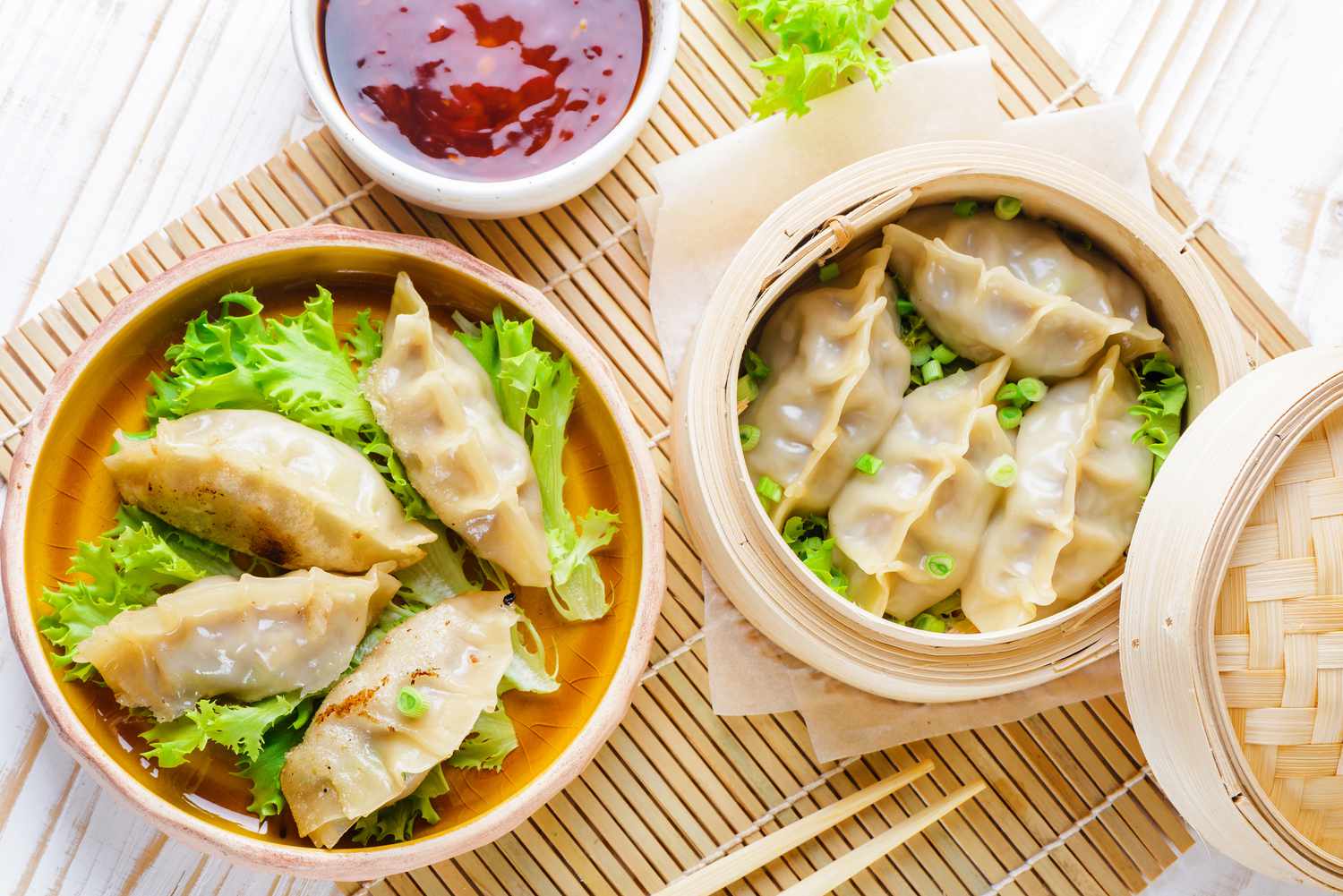
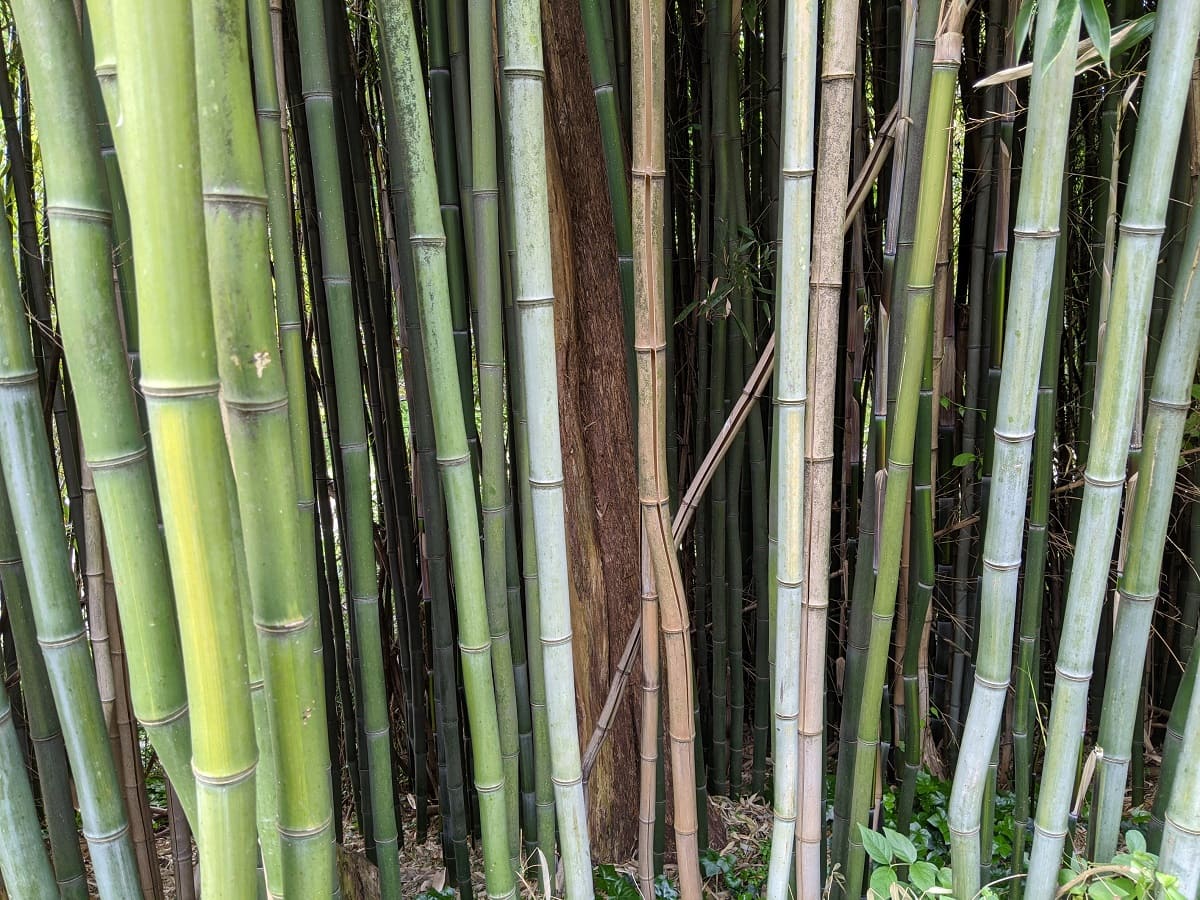

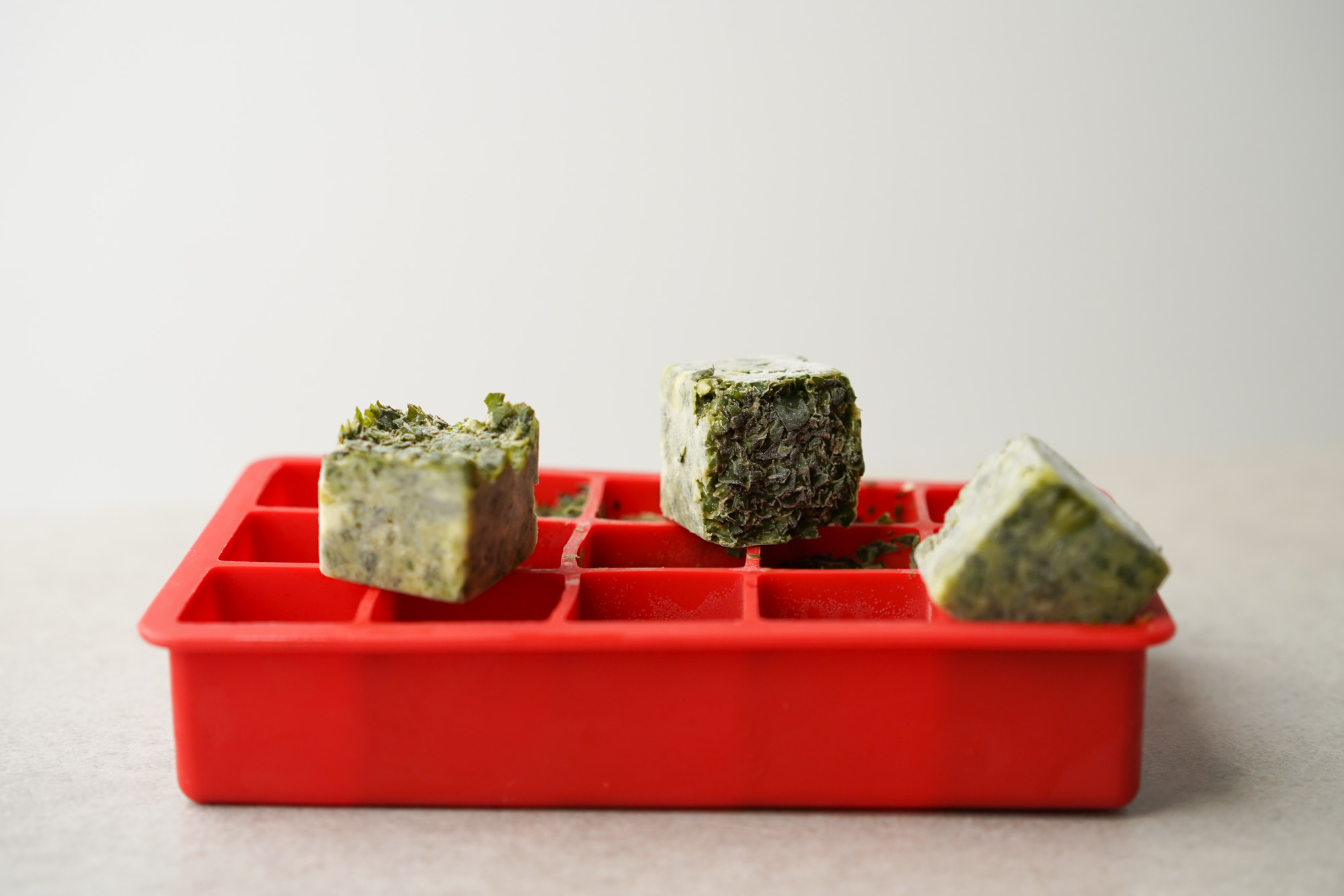
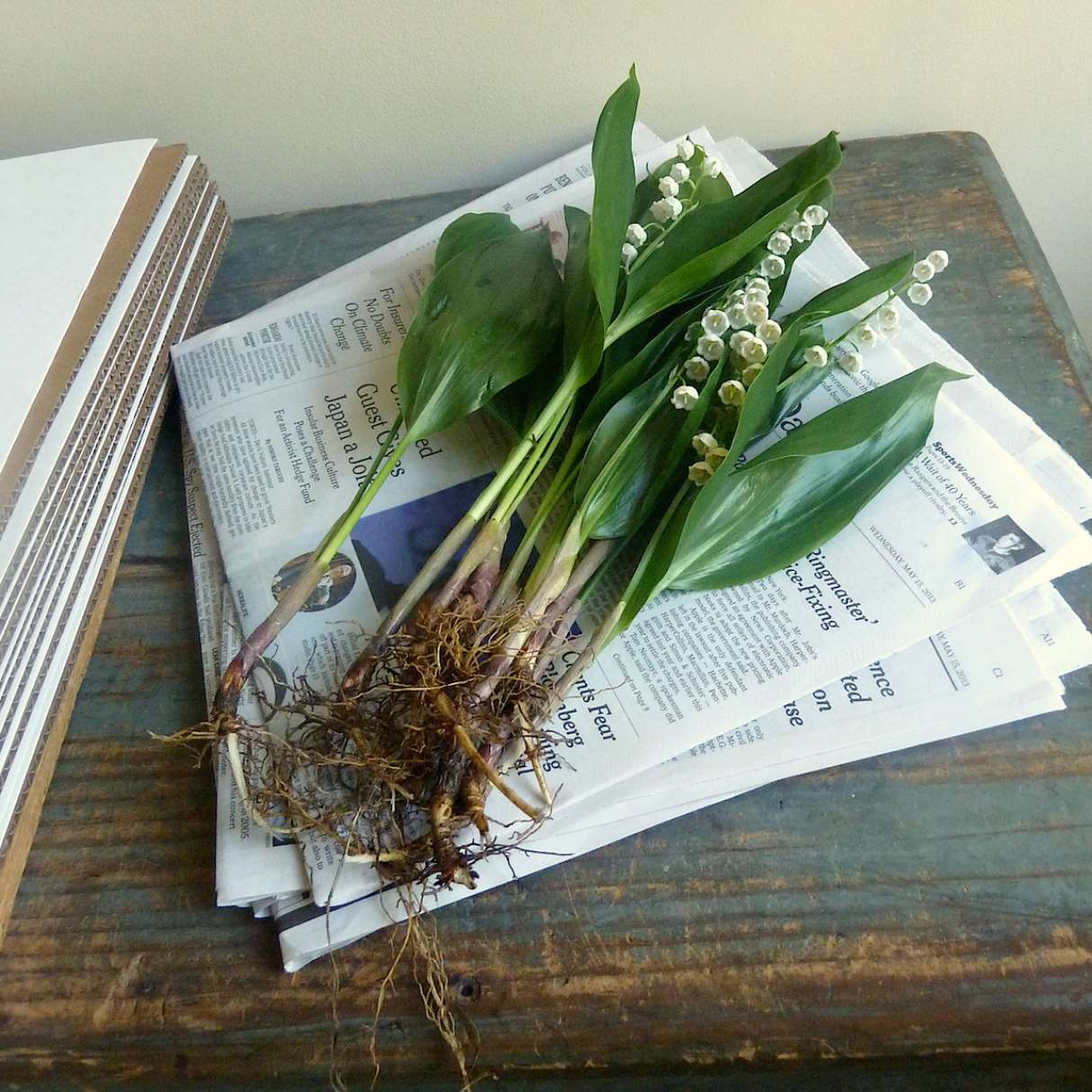
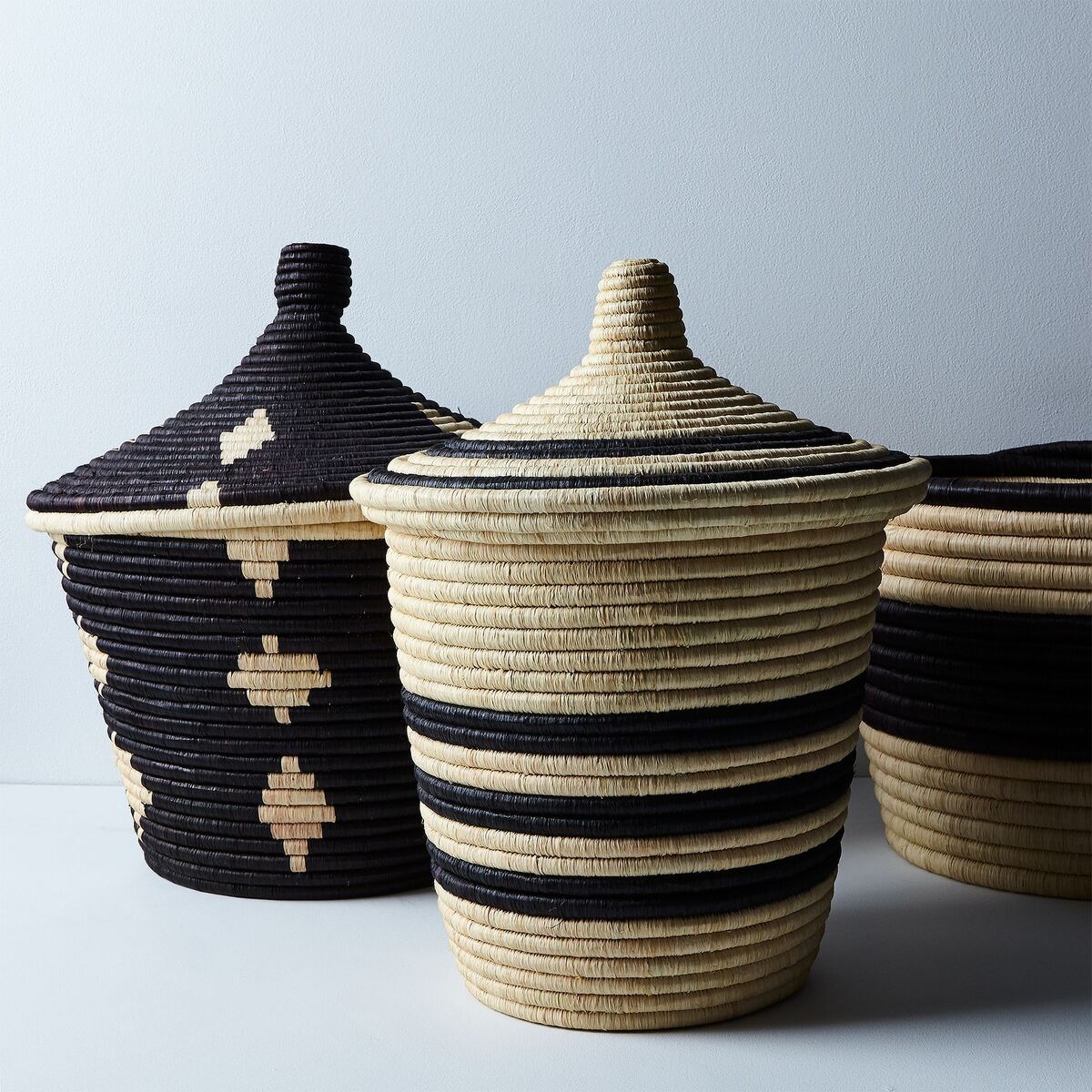
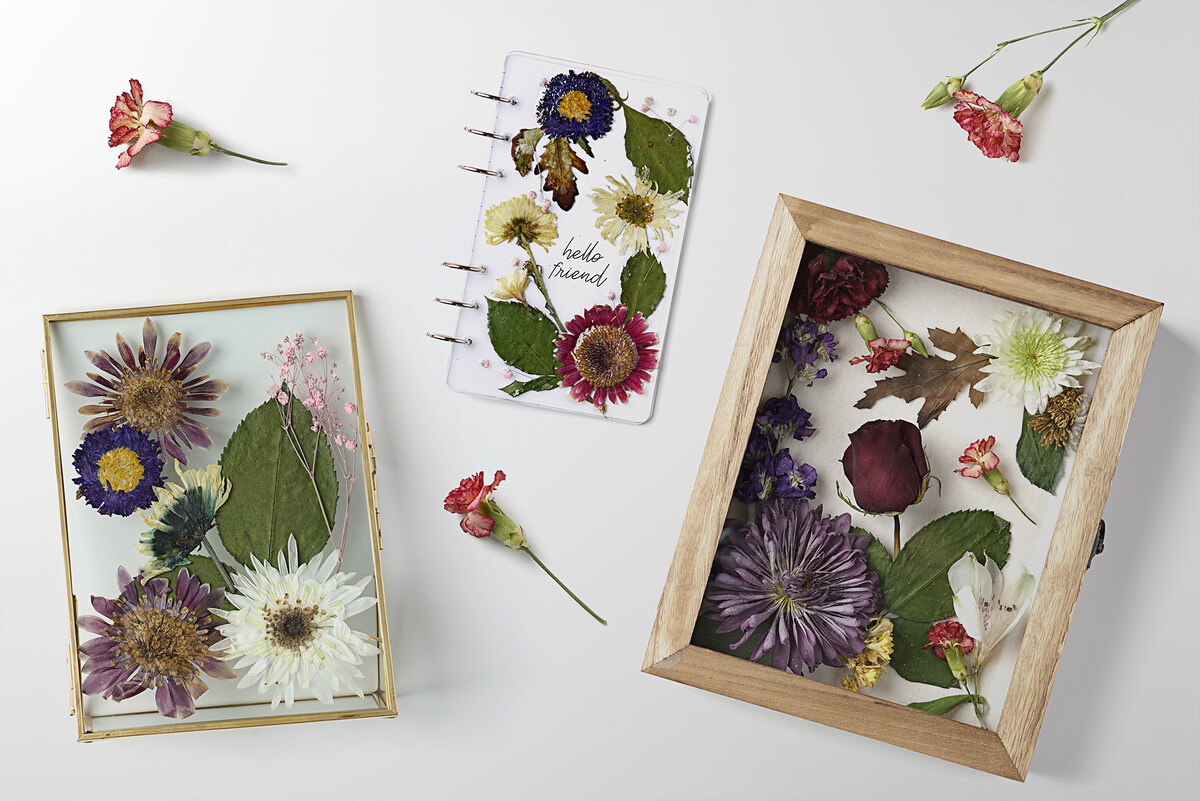
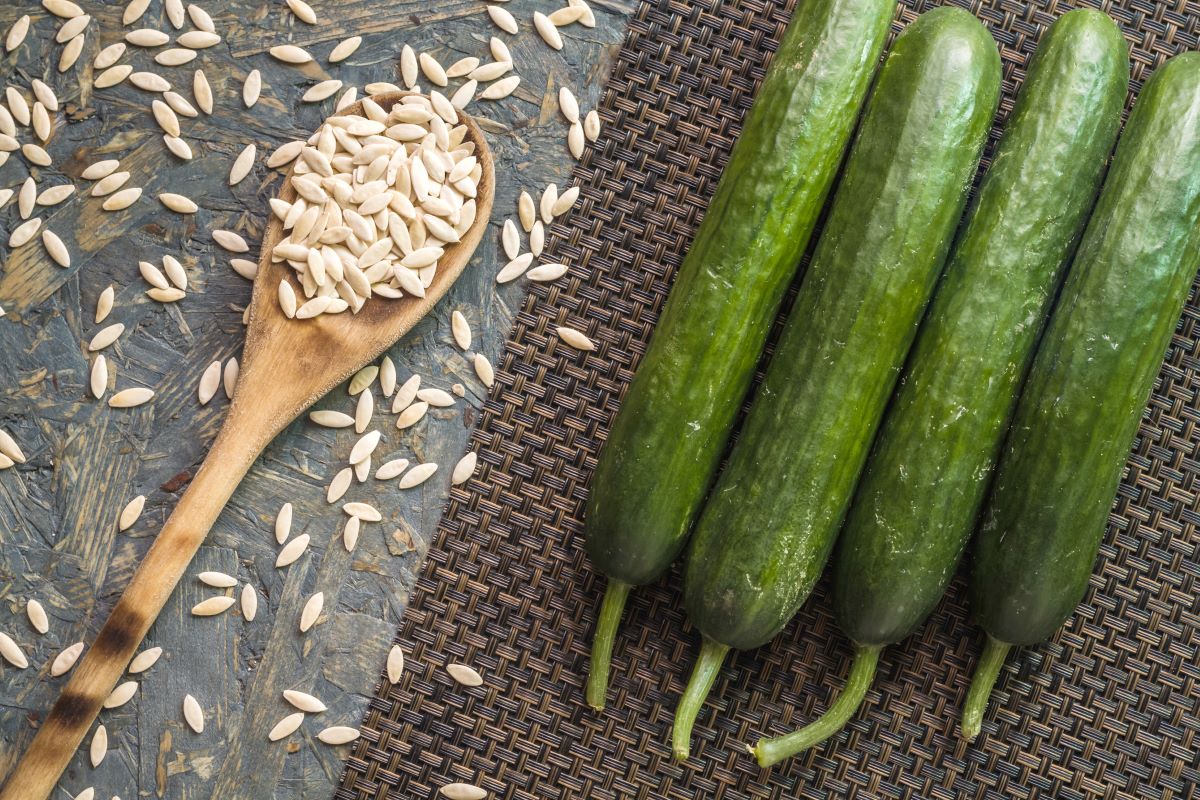
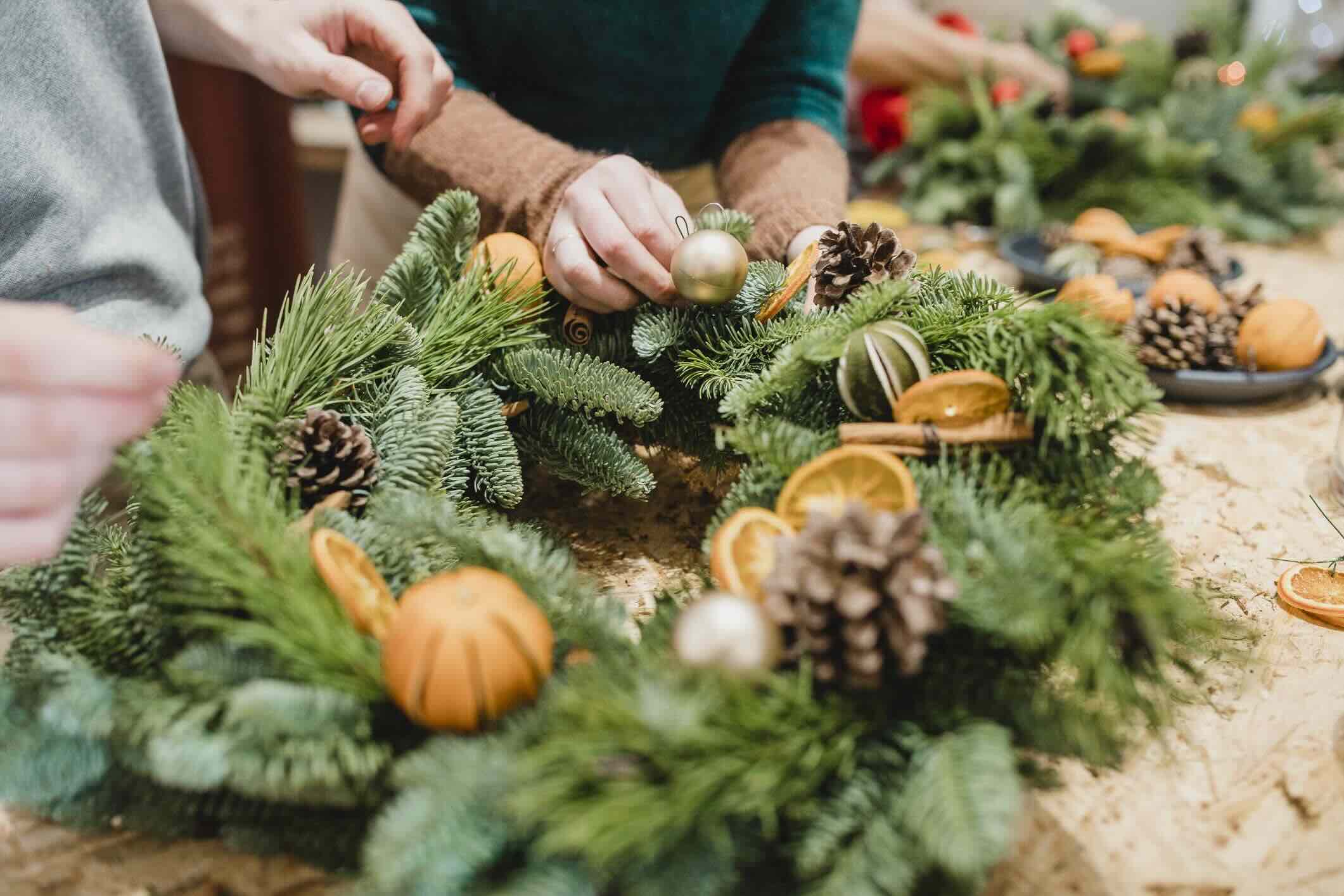
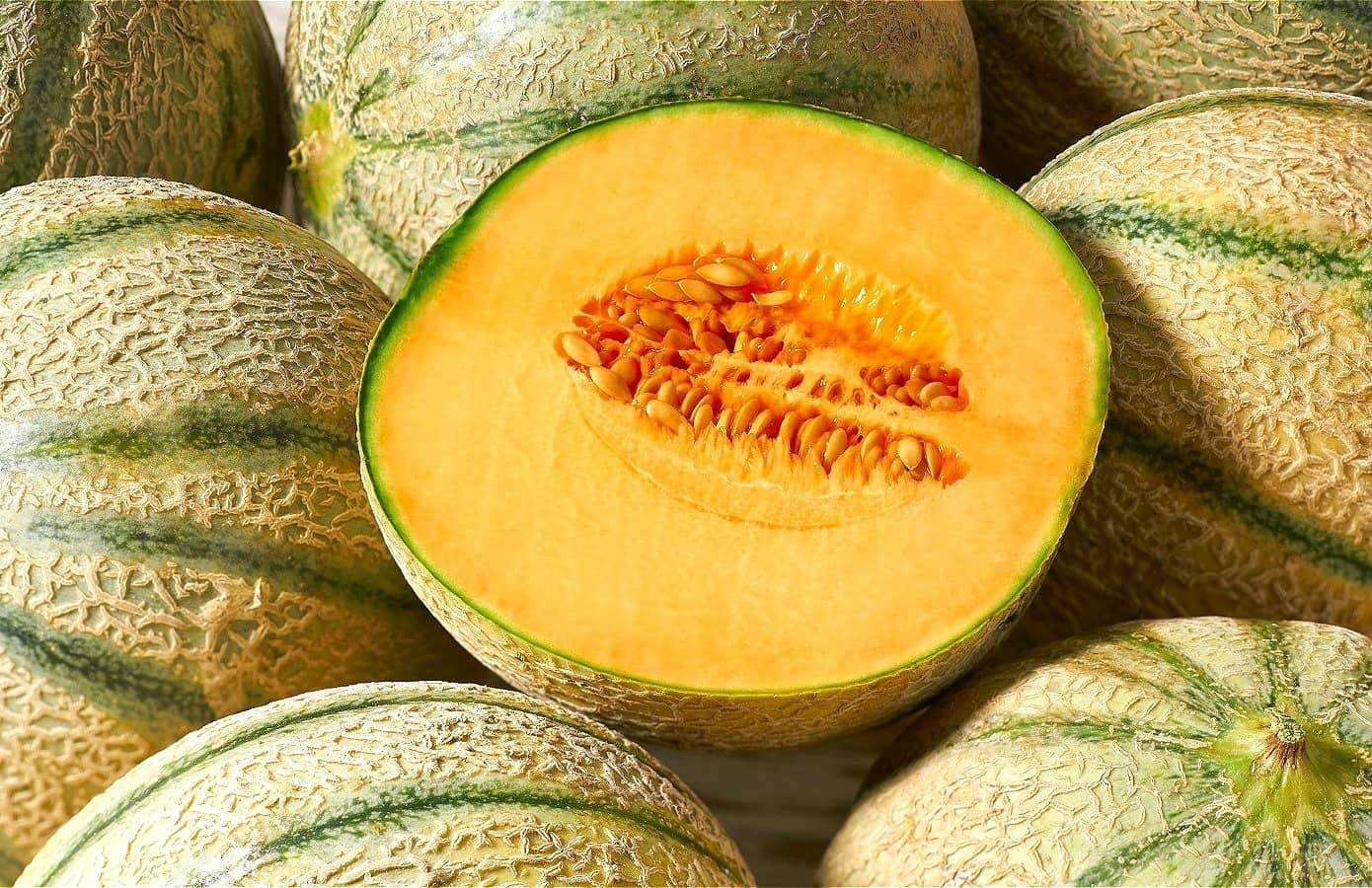
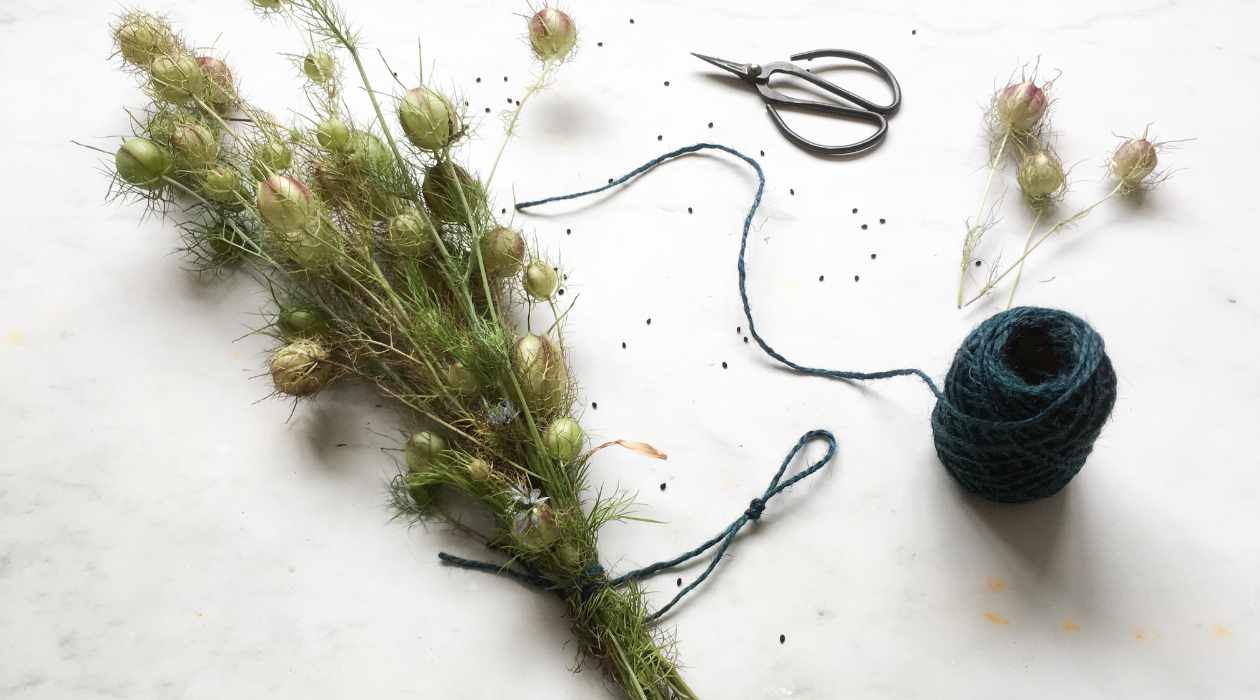
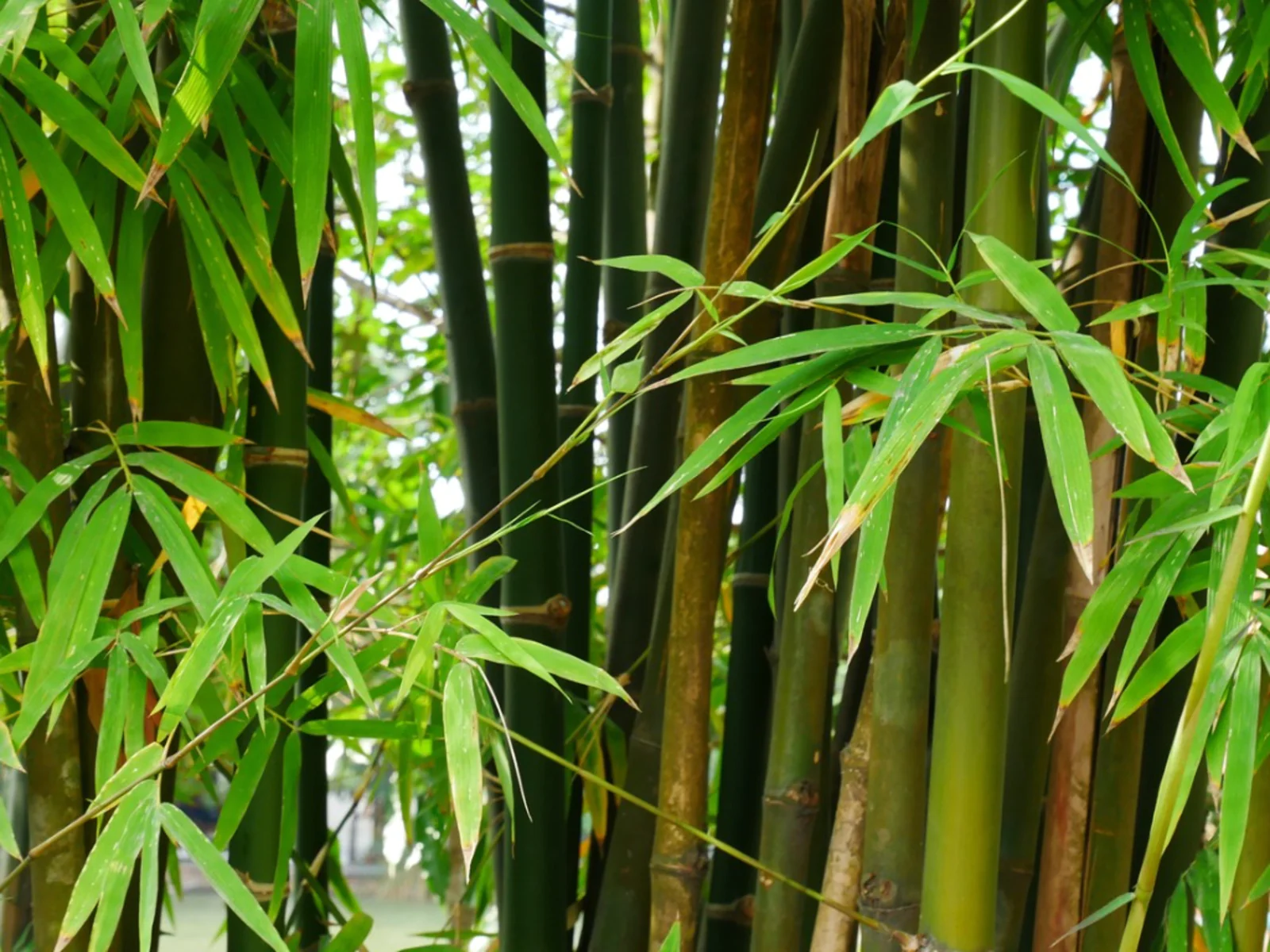
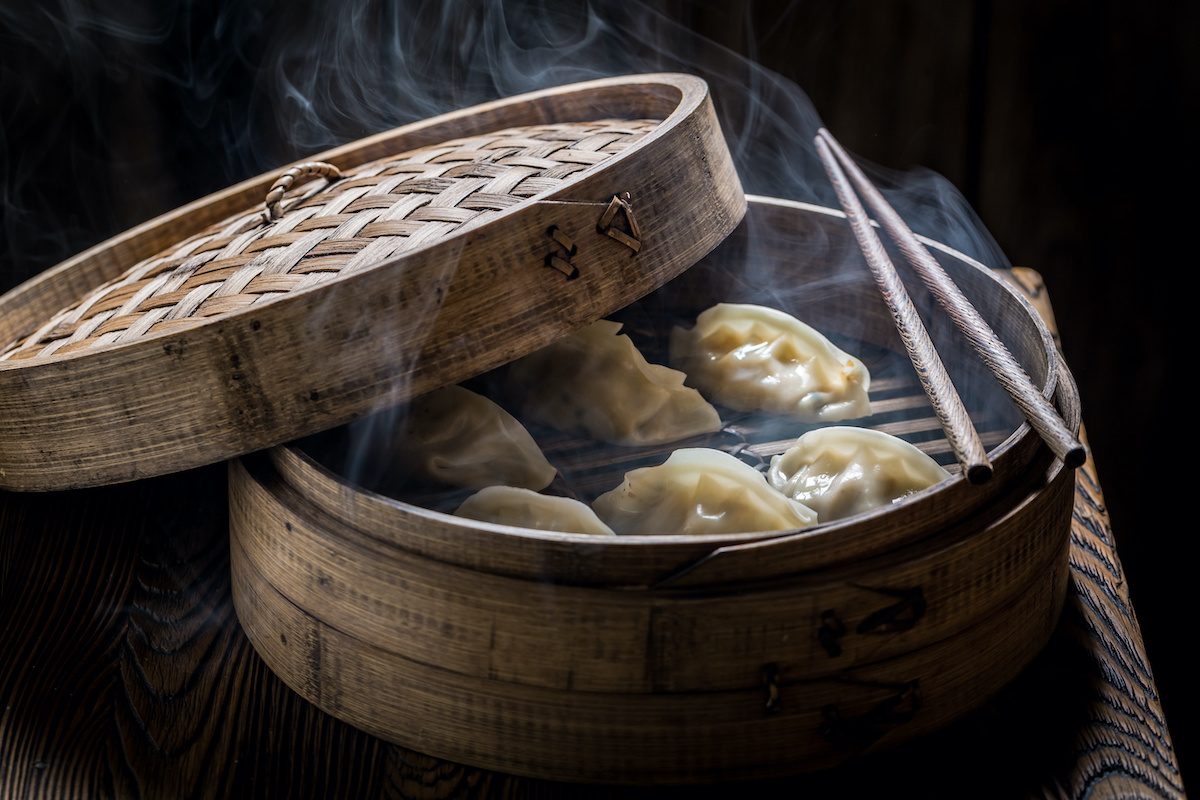

0 thoughts on “How To Preserve Bamboo For Outdoor Use”